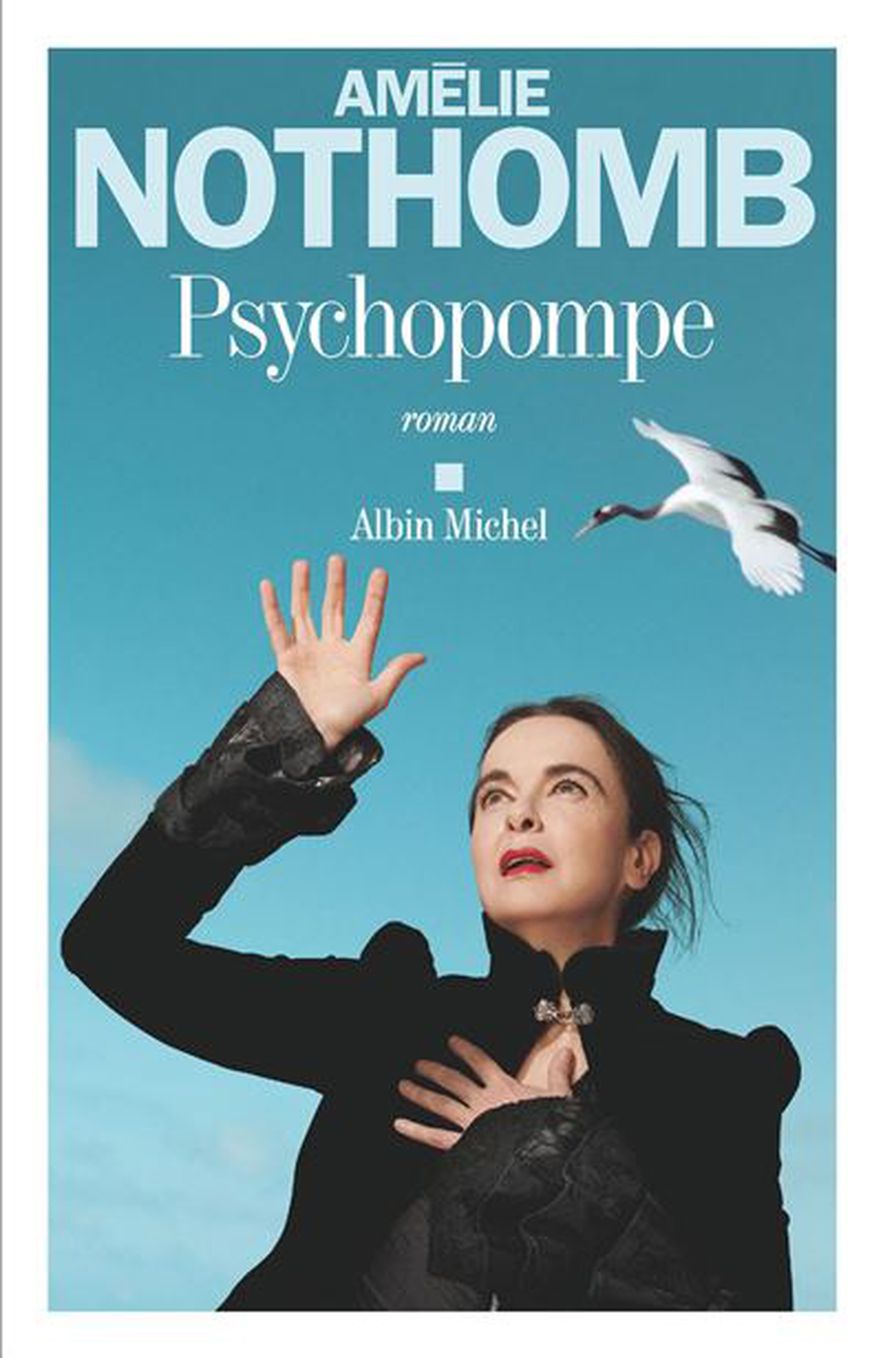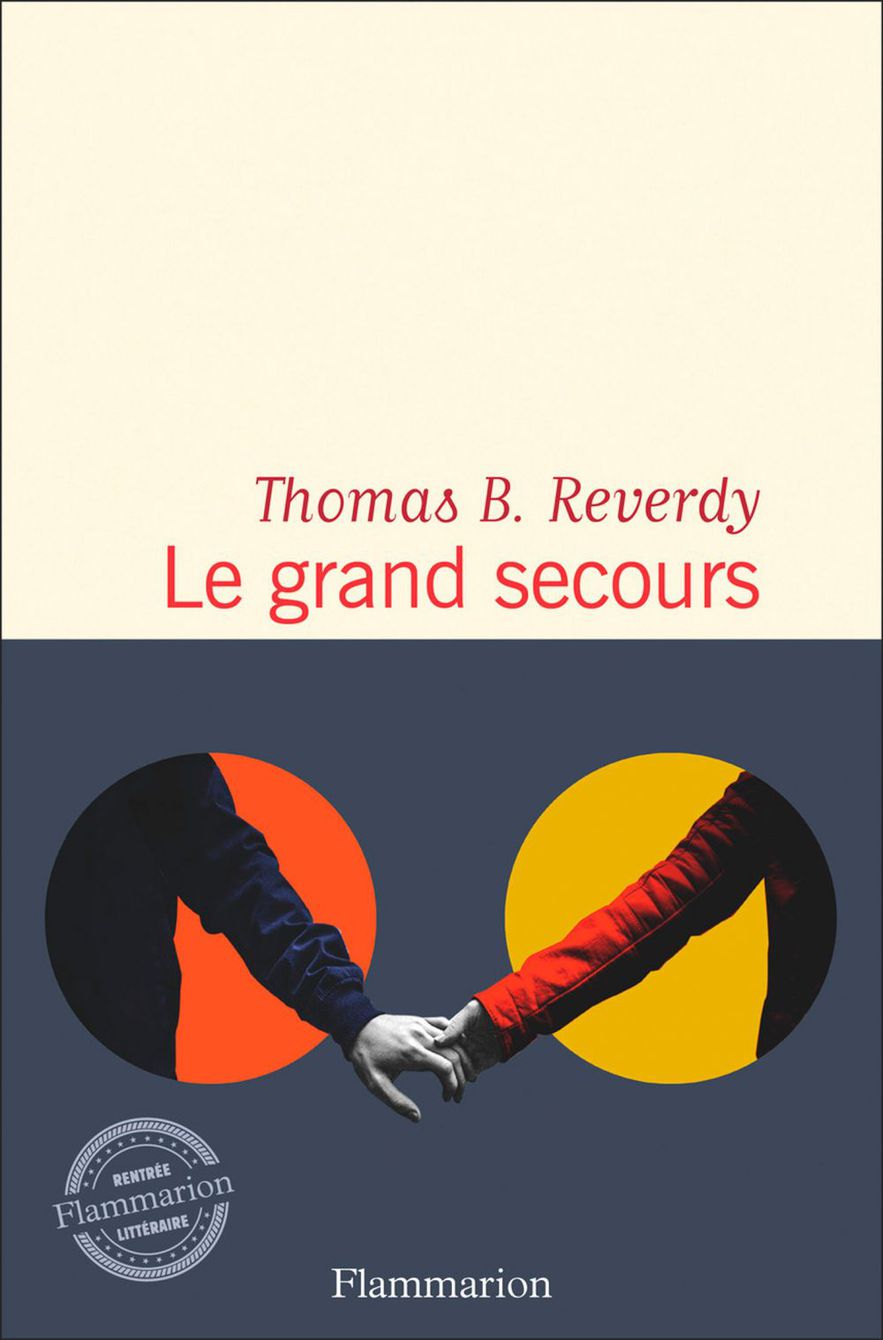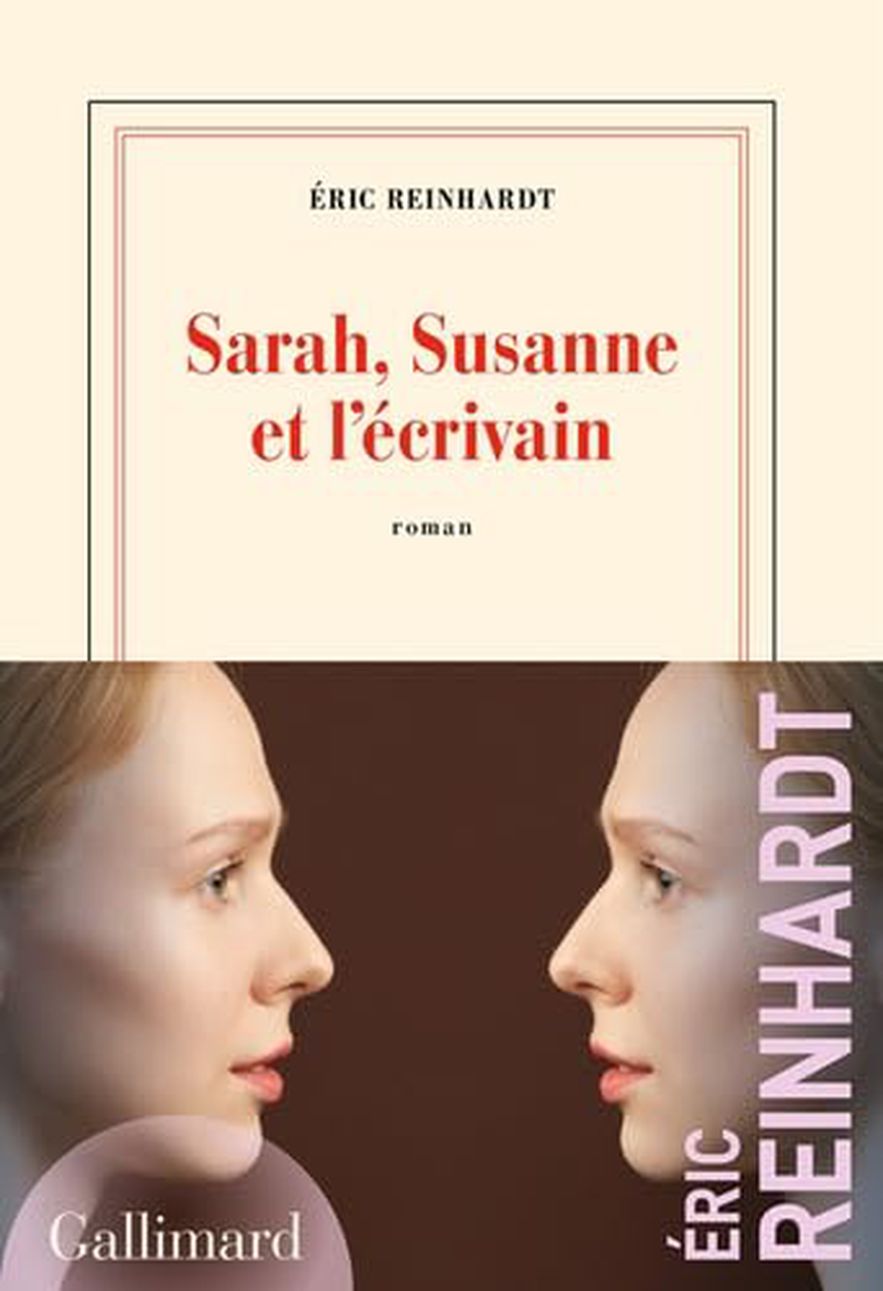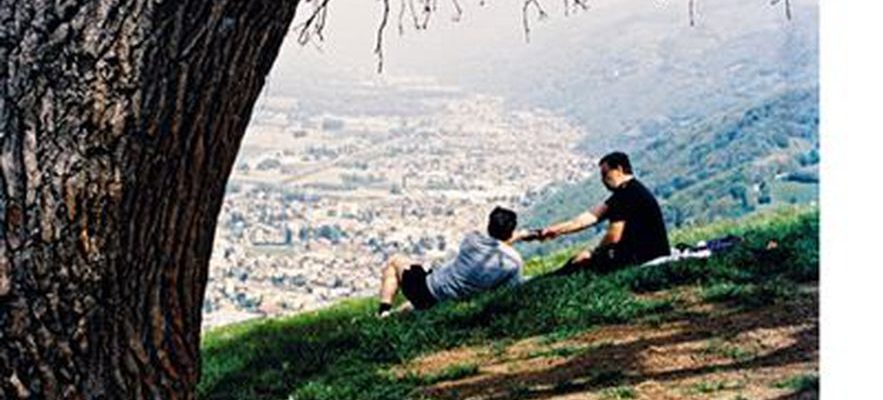Gaspard Koenig, Amélie Nothomb, Eric Reinhardt, Thomas B. Reverdy sign four of the 321 French novels published at the start of the school year. Big names eagerly awaited by readers and by… their publishers, who are betting big on their foals, according to the prints made, between 40,000 and 60,000 copies, and up to 200,000 for Queen Amélie. Our verdict.
Humus, by Gaspard Koenig: extinction of the field of wrestling
Hummus by Gaspard Koenig.
© / Editions of the Observatory
Michel Houellebecq got lost in scabrous misadventures? Realist literature has found its new champion in Gaspard Koenig. The liberal philosopher succeeds in an impressive fresco on present-day France confronted with the environmental crisis, geographical divisions and the rise of anti-capitalism via the Extinction Rebellion generation.
as a symbol, Humus opens at Agro, the great school which trained the young Houellebecq, but has recently been relocated to the concrete plateau of Saclay. As students, Arthur and Kevin become friends when they discover a common passion for earthworms, convinced that these annelids will save the world. The first, a pure product of the Parisian bourgeoisie, begins, out of idealism, a social downgrading via a return to the land in the Normandy bocage, surrounded by productivist farmers and decreasing zadists. The second, more pragmatic son of agricultural workers, launches a vermicomposting start-up and becomes a class defector, this hero of modern times.
Pen of Christine Lagarde in Bercy, long accustomed to the Eurostar, Gaspard Koenig knows the globalized elite well. But since a trip on horseback in the footsteps of Montaigne who took on the air of Pauline conversion, the intellectual no longer swears by the rural, the local and the manual. In Humus, his biting style travels masterfully between different backgrounds, from Silicon Valley venture capitalists to eco-anarchists, from Costes establishments (“this dynasty of restaurateurs had specialized for several decades in ransacking the most legendary Parisian establishments”) to kebabs of Mantes-la-Jolie. Coquetry Houellebecquienne, the author stages his own character, an “essayist who prided himself on being media”, alongside Thomas Pesquet and other “young leaders”. But the real heroes are the earthworms, those fascinating hermaphroditic creatures despised by writers. Zola of the ecological revolution, Gaspard Koenig pays a teeming tribute to these soil miners. Fertile, sound Humus has everything to see a great literary prize grow. Thomas Mahler
Editions de l’Observatoire, 379 p., €22 (in bookstores August 23).
Psychopomp, by Amélie Nothomb: a strange bird

Psychopomp By Amélie Nothomb
© / Albin Michael
For a long time, Amélie Nothomb took herself for Icarus. Psychopomp is a strange and bewitching book where the novelist indulges in a kind of self-portrait as a bird, she who sees herself in “one of those oddities invented by a dishonest poacher: a helmeted cassowary with gray wagtail wings and talons of nightjar”. Since 1992, the year she found her “chosen aviary” (Albin Michel editions), Nothomb has published at the crazy pace of one book per year. Difficult, with such productivity, to maintain the level. Lately, she has been hovering at high altitude: Thirsty And First blood (Renaudot Prize 2021) are among the greatest successes of his career. And Psychopomp is even better.
Nothomb returns there to the various countries of his childhood, when his father was ambassador to Japan, China, the United States, Bangladesh, Burma and Laos. Birds fascinate the little girl everywhere, from cranes to Hudsonian sparrows, including sparrows, Bengalis and hooded crows. As a teenager in Bangladesh, she spends her time with a canary, until she is the victim of a rape. This drama cuts his wings. For ten years, the dreamy young woman will fight against anorexia and depression. Her first manuscripts save her: “From now on, to write would be to steal.” Returned from death to life, Nothomb recounts these terribly trying years with modesty, poetry and humor (special mention to the two chubby Flemish nuns met in a leper colony in Dacca). With this autobiographical story which draws at the end towards the literary essay (exciting passages which we recommend to fans), the Belgian confirms more than ever her status as a rare bird of French-speaking literature. Louis-Henri de La Rochefoucauld
Albin Michel, 157 p., €18.90 (in bookstores August 23).
The great helpby Thomas B. Reverdy: Riot in Bondy

The Great Help By Thomas B. Reverdy.
© / flammarion
It is as if there had been Thomas B. Reverdy at the heart of the June riots. Surprising indeed to see how his ninth novel, The Great Help, radioscopy of a suburban high school targeted by a gang from Bondy Nord, resonates with current events. After navigating through his work from New York to Fukushima and from Detroit to London via Norway, Reverdy, a professor of letters at Bondy, narrows the focus and takes us to a country he knows more than well, the Seine-Saint-Denis. He gains in realism what he perhaps loses in poetry.
It is at the monstrous crossroads of the Bondy bridge, sprawling and dangerous, that the novel begins at 7:40 a.m. and ends at 5 p.m., at the end of a day full of fateful events. The first incident takes place under the highway. A confusion around a cigarette, Mahdi, high school student, who is beaten up by an “old man” in a bomber jacket, all filmed and posted in stride on social networks of course. The problem is that the old man turns out to be a policeman from the Raincy BAC. Tempers flare… While waiting for the bloodshed of the afternoon, the author takes the reader into the bowels of a high school deserted by the “Gauls”: shortage of means, uneasiness of teachers at the edge of the strike, but also the self-sacrifice of certain teachers such as Candice and her marvelous courses (from The Princess of Cleves At Bourgeois gentleman) and deserving students. A novel that could be of great help for the understanding of our leaders. Marianne Payot
Flammarion, 320 P., €21.50 (in bookstores August 23)
Sarah, Susanne and the writerby Eric Reinhardt: nested readers

Sarah, Susanne and the writer By Eric Reinhardt
© / Gallimard
The Reinhardt case usually divides into two irreconcilable clans those who closely follow editorial news. There are those (more like female readers) who love it, and those (more like readers) who find it narcissistic and annoying. Let’s allow ourselves a third way: we can recognize his singularity and his talent without fully understanding what he is looking for. In truth, although published by Gallimard, Reinhardt has everything of a POL author, and it must be taken as such: he is an esthete nourished by the plastic arts and contemporary dance, who considers his books as performances.
With Sarah, Susanne and the writerReinhardt repeats the coup de Love and Forests, going further formally. Once again, an admiring reader (Sarah) entrusts him with her problems by offering to inspire her. Except that, this time, the writer confronts her with her romantic double (Susanne) and, in a game of nesting dolls, he goes from one to the other, showing how Susanne is born from Sarah and detach from it. Her story is not happy: recovering from breast cancer, Susanne believes that her husband, apathetic, is no longer up to his appetite for life. She leaves him to devote herself to her passion (writing, what else?) and gets bogged down in a descent into hell, without it ever being quite clear whether Reinhardt looks at her with empathy or a slight sadism. Presented by the back cover as “a powerful novel”, Sarah, Susanne and the writer is a mastered book, except for a few sometimes disconcerting erotic digressions – for example, we recommend pages 128-129 to the curious, which seem to be written by a Bruno Le Maire at his best. Reinhardt should be entrusted with a ministry of the literary avant-garde. Louis-Henri de La Rochefoucauld
Gallimard, 417 p., €22 (in bookstores August 18).
